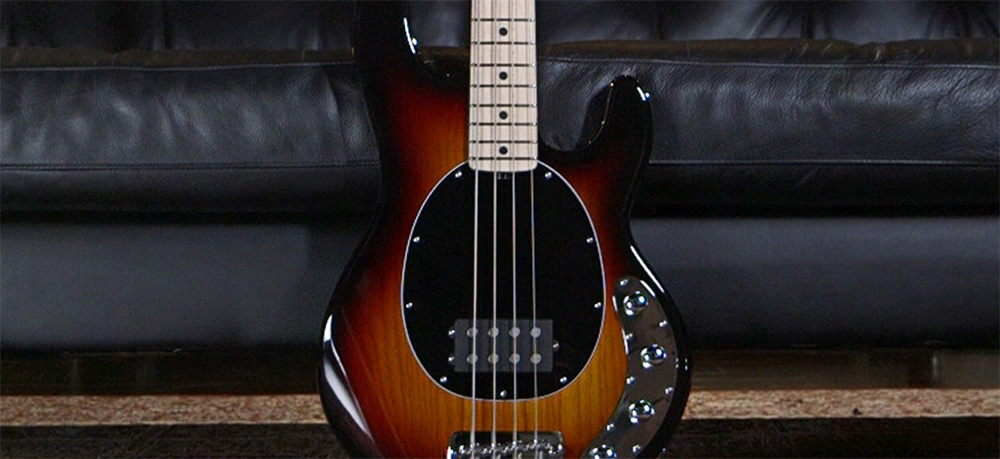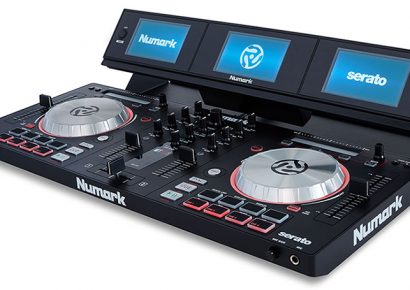
Figure B then takes the same progression and adds some rhythmic variety. The first beat is now a dotted crotchet so the second note of the bar ‘E’ is played on the 2 + (remember + means ‘and’). Two quavers on each note are used in Bar 2 to break up the minims from Figure A. Finally the F in bar 3 is played on the 3 + and the G on the 4 +, and then tied to last bar. Again these notes played on the + feel early and help create movement.
Again as a starting point Figure C is rhythmically simple and follows a descending type chord progression. Figure D then adds some rhythmic variety, this time with quavers and semi quavers. Make sure you sub divide each beat (1 E + A, 2 E + A, 3 E + A, 4 E + A) to really lock in.
Rhythmic displacement can also be a handy tool. Figure E is a quaver-based line with all the changes occurring on the beat. Figure F then moves a quaver later (on the 3 + in Bar 1, the 1 + and the 3 + in Bar 2 etc.) creating an interesting feel that still outlines the harmonic structure but also feels a little less straight.
Figure G takes a similar concept but this time changes notes a quaver early (the 2 + and 4 + in Bar 1 and the 2 + in Bar 2). Again, you can hear the same progression but it doesn’t feel as straight.
So adding rhythms to a straight bass line can really shake things up. Of course you don’t always have to and there’s nothing wrong with keeping it simple. There are tonnes of examples of rhythmically simple lines that work beautifully for the song. But there are also great lines that might stay straight in the verse and then add some contrast and get rhythmically hip in the chorus. Plenty of options to explore so get cracking and we’ll be back with some more advanced examples next month!

